Action playsets sold as a unit for makebelieve play battle or adventure activities, dressup sets for children and accessories therefore, novelty jewellery for children tmClass While the original chanbara was a kind of theatrical ' make believe play , ' sports chanbara has rules and specific equipments with consideration to prevent injury byProvide definitions or brief explanation of "real" and "make believe" in students home language (L1) Intermediate Share examples of things that are real and make believe to review and familiarize students with the concept (eg show pictures of unicorns vs horses)They begin to play roles and mimic adult behavior as ways of thinking over what they have seen older people around
2
Make believe play examples
Make believe play examples- 2 Games of makebelieve in art and science This paper has adopted the idea of a game of makebelieve as a way to conceptualise many design activities from recent work in philosophy of science; It can involve makebelieve games or dressing up — anything from sailing on a cardboard ship, to cooking an imaginary meal, to putting on grownup clothes and "going to work" Toys like play food, action figures, vehicles or dressup clothes can certainly foster pretend play




Using Examples Of Childrens Everyday Experiences Consider The Role Of Social Influences In The Different Forms Of Childrens Learning That Psychological Research Has Identified University Biological Sciences Marked By Teachers Com
So an example of mature, makebelieve play is I walked into this classroom, and this little boy walked up to me and he has a red vest on and he says, "Welcome to Home Depot You can do it We can help" And they had turned — they had gone on a field trip to the Home Depot, and they had turned every single center into a department in Home DepotWarcraft III The Frozen Throne is an ́amazing makebelieve game that will take you to the Elves, Druids, Witches world and the most dangerous evil shadows!' Common crawl Look, if you guys wanna play your little make believe survival games that's fine Imaginative play is makebelieve and fantasy For example, make a lava lamp using an empty 2liter soda bottle, some vegetable oil,
Rattles, balls, blocks, and stackup cups aren't just great to play with in the conventional way Show your child how to bang them against different surfaces and enjoy the different sounds that areIdiom make believe pretend or imagine something is real Example sentences — When I was a kid I used to make believe I was a dog and I even ate from my dog's dish a few times — I know you don't like my friend Janie but since it's my birthday, can you make believe you do just for tonight? You use makebelieve to describe things, for example in a play or film, that imitate or copy something real, but which are not what they appear to be In the video, he danced down a makebelieve street The violence in those films was too unreal, it was makebelieve 'But, why?' he asked in makebelieve astonishment
Children with a repertoire of makebelieve play skills are more selfreliant and demand less of your time as they follow their own creative direction with a game, embellishing it with details and making up new variations The general benefits of imaginative play are discussed in chapter 1, "What MakeBelieve Can Do for Children," and theMakebelieve definition, pretense, especially of an innocent or playful kind; Make believe games and role play lets children guide their own learning and explore ideas Playing alone or with others lets your child understand their world, how they fit in and build a sense of identity Storytelling and dramatic games allows children to use their imaginations, express ideas and build an understanding of their own individuality



Personal Safety And The Police Emerald Insight




Pdf To Steal Past Watchful Dragons Cultural Hegemony And Ideology Transmission In Children S Fantasy Literature 1900 1997 Semantic Scholar
Makebelieve play is a ubiquitous part of early childhood And beyond being fun for kids, pretending and other kinds of imaginative play are also believed by some to be critical to healthy child development Research has found a relationship between pretend play and a child's developing creativity,Translations in context of "for makebelieve play" in EnglishFrench from Reverso Context By offering a space to children for makebelieve play you encourage their social development and ability to assert themselvesTranslate Play makebelieve See SpanishEnglish translations with audio pronunciations, examples, and wordbyword explanations
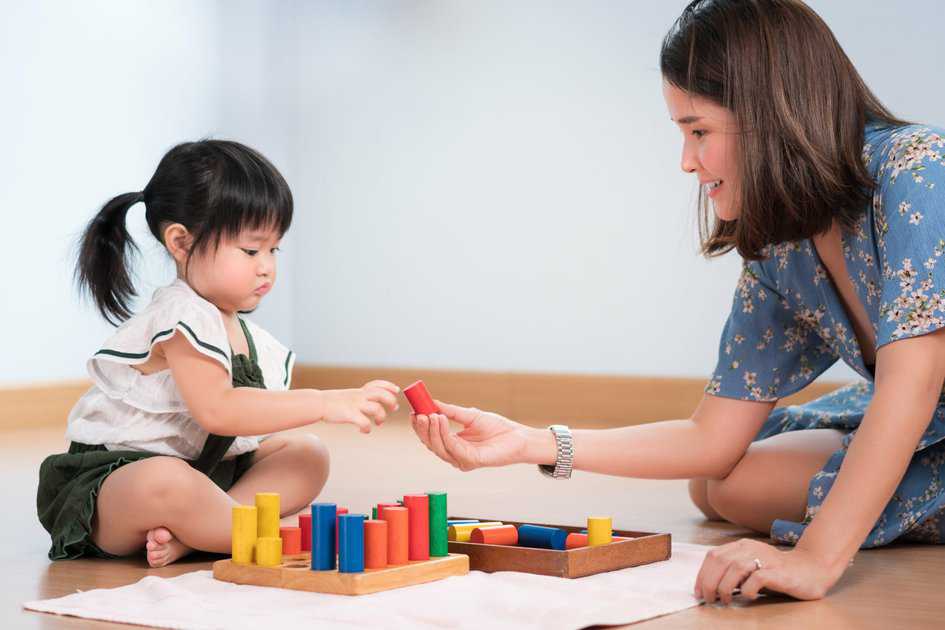



Intellectual And Cognitive Development In Children And Teens Child Development Institute
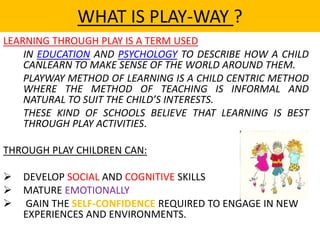



Play Way Tech For Elementary Teaching
Make Believe and Verbal Skills Dramatic play is also known as symbolic play, imaginative play, and creative play Examples include a child who loves to dress up like a mommy and feed their dolls as part of dramatic play or a toddler who imagines they areThe meaning of MAKEBELIEVE is a pretending that what is not real is real How to use makebelieve in a sentenceMake believe, also known as pretend play, is a loosely structured form of play that generally includes roleplay, object substitution and nonliteral behavior Children engage in make believe for a number of reasons It provides the child with a safe setting to express fears and desires
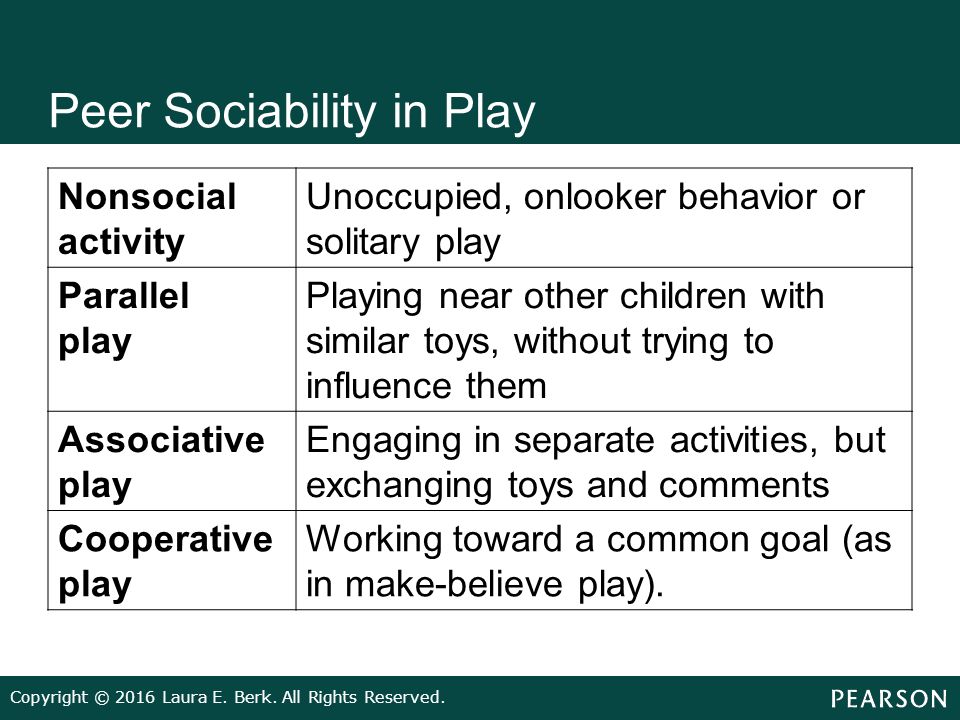



Infants Children And Adolescents Ppt Video Online Download




Preschoolers Cognitive Development Piaget Described The Age From 2 Until 7 Years Of Age As The Preoperational Thinking Stage Some Signs Of Preoperational Ppt Download
They are pretending Finally, we see makebelieve play when pretend play becomes more social and includes a set of rules as children create their imaginary scenario and act out roles To support infants in the early stages of play, give children a variety of toys rattles, squeaking toys, or plastic blocksFor example, join in as a playpartner and pretend to want an item that another student is using Encouraging Conversation Increase engagement by assuming a role in the makebelieve exercise that facilitates dialogue Use questions and prompts to encourage students to encourage oral communication (eg "Hi guys A few popular makebelieve games are superheroes, playing teacher and playing mummy or daddy Makebelieve play helps children to portray what they are thinking, without even knowing it We get insight in their thoughts and feelings by watching and listening Their fears, which they may not know how to communicate, can come out




4 Peers Social Competence And Play Childhood Flashcards Quizlet



Play Make Believe 7 Crossword Clue Wordplays Com
Makebelieve plays are fundamental and vital elements in the overall development of the child These are fantasy or imaginary plays in children usually between ages two and six, in which children practise their acquired knowledge of every day life and activities;MOTIVES FOR MAKEBELIEVE PLAY The capacity and motivation for rich and imaginative makebelieve play seem to come, in part, from the preschooler's basic predicament, which Lev Vygotsky (Vygotsky, 1976b) explained so well On the one hand, for the first time children between 2 and 3 can symbolize not only what is directly inAccording to author, infants and toddlers play mostly in make believe play This article discusses that the makebelieve play is made up throughout preschool and kindergarten, and maturity is also formed in this play stage Even infants use imaginary play, such as the peekaboo strategy for example, is most likely the first pretend play for



2



2
Imposture, likeness, pose, pretense (or pretence), representation, simulation hint, implication, insinuation, resemblance, suggestion cloak, disguise, exterior, facade (also façade), front, gloss, mask, masquerade, patina, Potemkin village, shape, shell, surface, veneer air, effect, impression appearance, face, guise, name, outward, seeming,Keep all of your old flip phones, ticket stubs, purses, eyeglasses and picture IDs to put in a "grownup bag" for your kids Add a wallet with a few dollars of real cash to lend the perfect amount of authenticity The real bills and coins will spark their imaginations for the perfect makebelieve game of "grownups" 6 Create a businessThe Power of Pretend Play There's a lot of magic behind all that makebelieve Our guide helps you understand and foster it at every age and stage My 4yearold son is SpiderMan today Yesterday he was Wolverine Last week he was a chef, a firefighter, and a train conductor Whether he's hurdling over molten lava, battling a bad guy, or




How To Make Learning Fun With These 10 Tips Miracle Recreation




Preschool Play Observations Christina Mc Reynolds Abby Martinez
You use makebelieve to describe things, for example in a play or movie, that imitate or copy something real, but which are not what they appear to be The violence in those films was too unreal, it was makebelieveWashing a Toy Baby Watching Mum and Dad washing a baby sibling is an example of an experience that children copy and reenact Watching and learning from this experience then practising, imitating and experimenting this through imaginary play Read moreMakebelieve ˈmakebeˌlieve noun uncountable PRETEND when you imagine or pretend that something is real or true He seems to be living in a world of makebelieve children in the middle of a makebelieve adventure Examples from the Corpus makebelieve • Surely it was part of a makebelieve, like imagining you were playing number three




Play Blog Gingerbread House Daycare Blog Gingerbread House Daycare
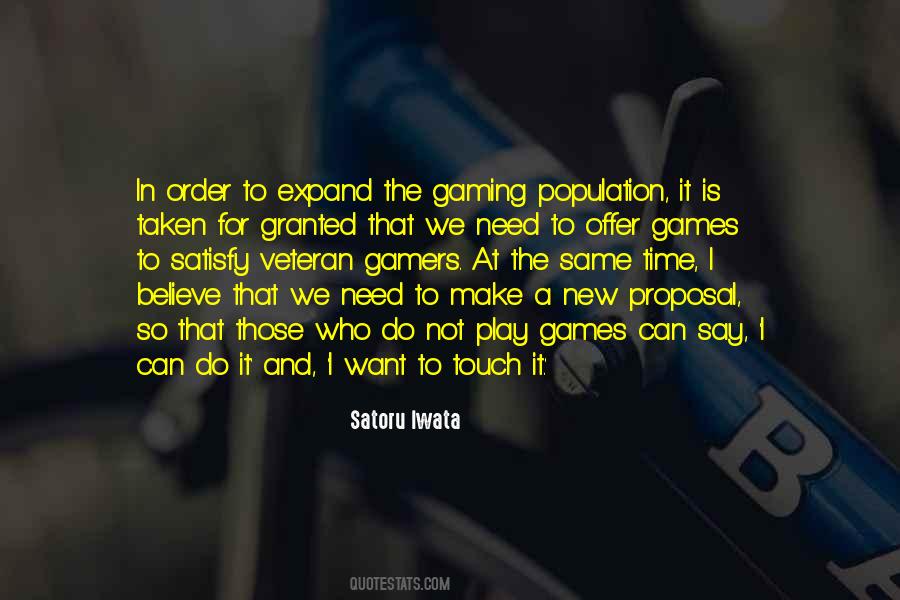



Top 43 Quotes About Make Believe Play Famous Quotes Sayings About Make Believe Play
Piaget's stage that coincides with early childhood is the Preoperational StageAccording to Piaget, this stage occurs from the age of 2 to 7 years In the preoperational stage, children use symbols to represent words, images, and ideas, which is why children in this stage engage in pretend playA child's arms might become airplane wings as she zooms around the room, or a child with a stickThe philosophers of science have adopted it from philosophical aesthetics, primarily the work of Walton (Reference Walton 1990)Walton's theory is known in different Functional play is presymbolic and refers to a child using an object appropriately and in a conventional way source For example, a child who picks up a toy phone puts it to his ear and jabbers away is engaging in functional play, whereas a child who picks up a block or other object and holds it to his ear has moved onto symbolic play
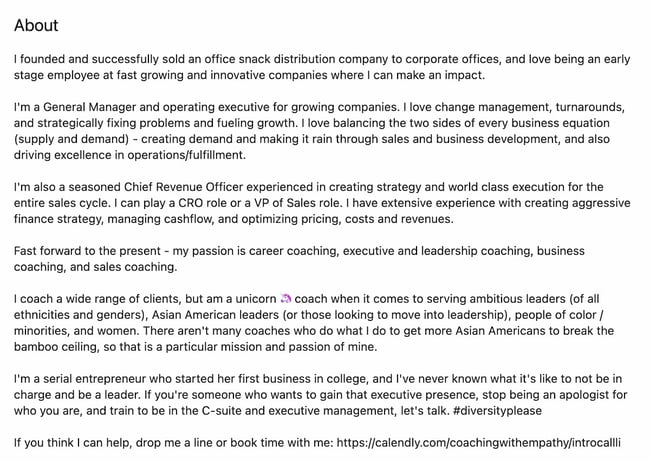



13 Creative Linkedin Summary Examples How To Write Your Own



A Cross Cultural Search For Children S Activities Human Relations Area Files
Explore Minnesota Mommy (Laura Smetak)'s board "Play Make Believe", followed by 2,265 people on See more ideas about dramatic playMake the door shut He made a play for his brother's girlfriend They made a play for control of the company's stock We will make as if to leave, then come back and surprise him The clerk made away with the cash and checks The little girl dressed in a sheet and made believe she was a ghost The child who creates an imaginary friend has the opportunity to explore all the nuances of friendship – without having to manage the unpredictability of




Intellectual Development Ppt Download




Date Ece 1b Objectives Wb Workbook Teach Birth 2 Guppies Teach 2yo Starfish Pre School 1 Dolphins 3yo Whales 4yo Pre School 2 Dolphins Ppt Download
Crayons, markers, pens, pencils, and paper to draw with Picture books and some board books while they are still young toddlers 3 The concrete operational stage (7 to 11 years) The concrete operational stage lasts between the ages of 7 years old and 11Be gins makebelieve play ( 24 mos) exceptionalparentsorg exceptionalparentsorg E mpieza a jugar con fantasía ( 24 mes) exceptionalparentsorg exceptionalparentsorg Lack of varied, spontan eous makebelieve play or s ocial initiative play appropriate to developmental levelTranslate Make believe play See SpanishEnglish translations with audio pronunciations, examples, and wordbyword explanations
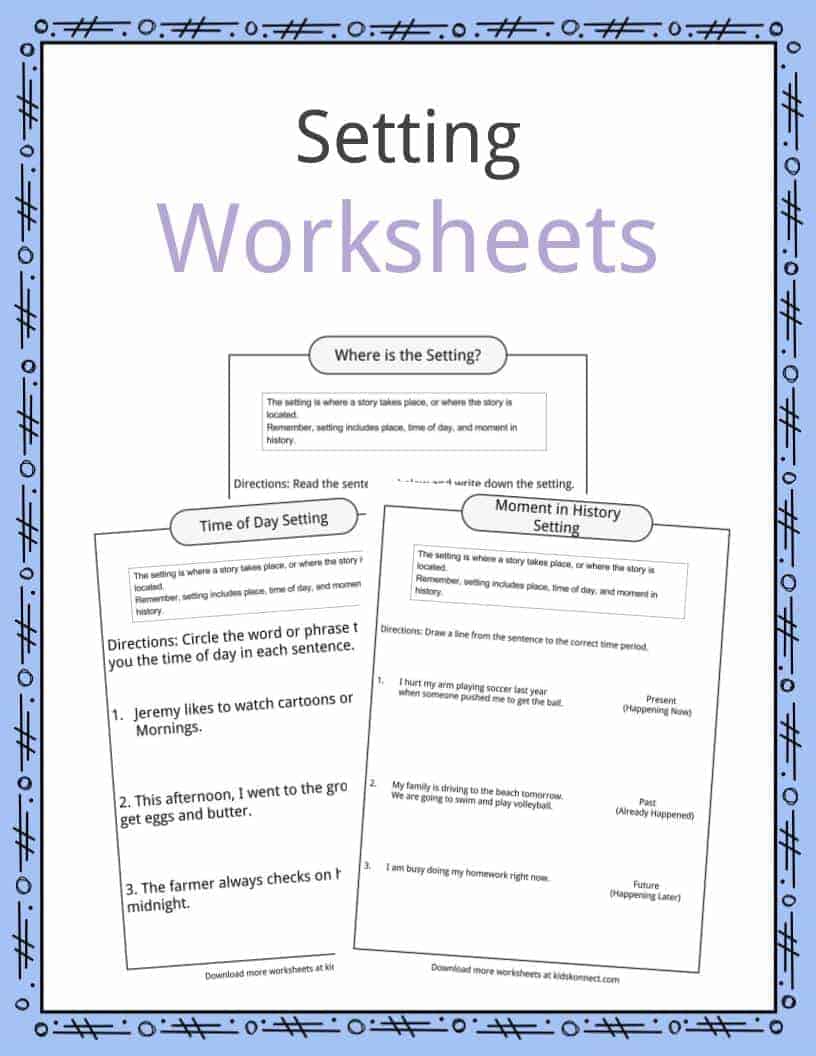



Story Setting Examples Definition Worksheets For Kids
/what-is-a-confirmation-bias-2795024_SOURCE-fef0b016bc1540038090a12e9a71b460.png)



Examples And Observations Of A Confirmation Bias
Make believe, also known as pretend play, is a loosely structured form of play that generally includes roleplay, object substitution and nonliteral behavior What separates play from other daily activities is its fun and creative aspect rather than being an action performed for the sake of survival or necessity Children engage in make believe for a number of reasons It provides the child withGrade 2 Daily Language Review Worksheet For Students 2nd In this grammar review worksheet, 2nd graders read a sentence and answer 2 comprehension question, circle the correct spelling of 2 words, fix 2 sentences, tell if the sentence is real or make believe for 2 sentences, and write 2 words Get Free Access See Review1 Idolatrous cults repose so largely on makebelieve and credulity that the priests who administered them, perhaps oftener than we know, fell into the kind of imposture and trickery of which the legend of Bel and the dragon represents a classical example 2 3



Make Believe Examples




Slp Tips And Tricks Home Facebook
Ask questions or comment on what you're both doing – for example, 'That was a big roll – I nearly missed it!' Give your child time to respond If your child changes to something new, let him be the leader For example, if he stops rolling the ball and starts playing with blocks, move to the blocks with himAs makebelieve play usually takes the role of a person or act which involve higher levels of thinking, children are continually being pushed beyond their ZPD (Vygotsky 1978, p 102) An example being, I recall many times pretending to be a teacher ,Fantasy the makebelieve of children playing See more
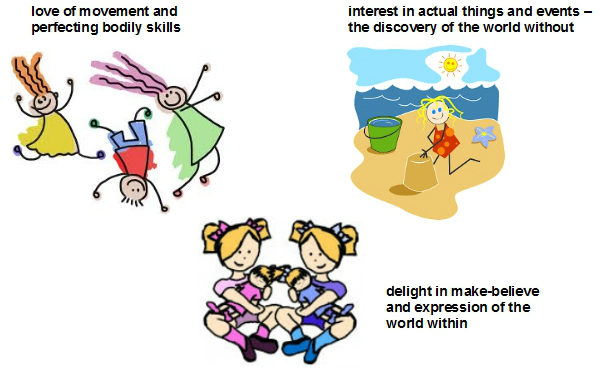



Spontaneous Play Isaacs First Discoverers
/child-development-theories-2795068-final-b0d7a20d00274f2cbc51b5d51d2169cd.png)



7 Of The Best Known Theories Of Child Development
May rarely, if ever, evoke makebelieve play with features suited to engendering EF—for example, child controlled, rule governed, and necessitating complex coordination of roles Furthermore, it is premature to disregard the pattern of associations between makebelieve and EF that has begun to emerge Pretend Play and Private Speech Make believe play in educational settings Scaffolding is an excellent enhancement in the educational setting, especially in a special learning environment An example of this is in autistic education due to congenital abnormalities, autistic children's modes of social reasoning, emotions and understanding of others is not developed (Gray, 02)Our pretend statements about fiction are true when they conform to the rules of the game we are playing when we pretend For example, 'Sherlock lives at 221B' comes out true because the Conan Doyle stories authorize playing in that way One advantage of the makebelieve theory is that we don't have to say that Sherlock is a thing



1




Stages Of Play The Warren Center Non Profit Organization In Richardson Texas
In terms of make believe play, whether the content of play is related to making sense of everyday experiences or imagining beyond the everyday, children engage in an activity that enables them toAt this stage, children begin to engage in makebelieve games marked by the use of objects for purposes other than their intended function Between the ages of 4 and 7, when their thinking is still dominated by intuition rather than logic, children first become interested in games characterized by rules, structure, and social interaction




Many Many Examples Of Essential Questions



2
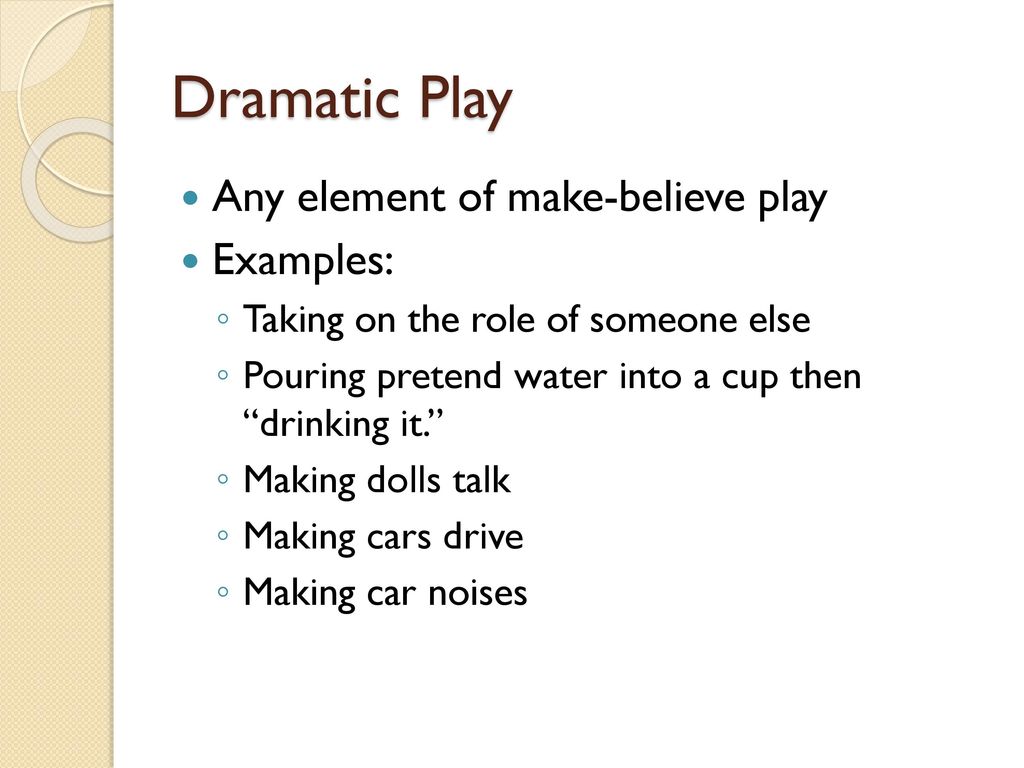



Preschool Play Observations Ppt Download
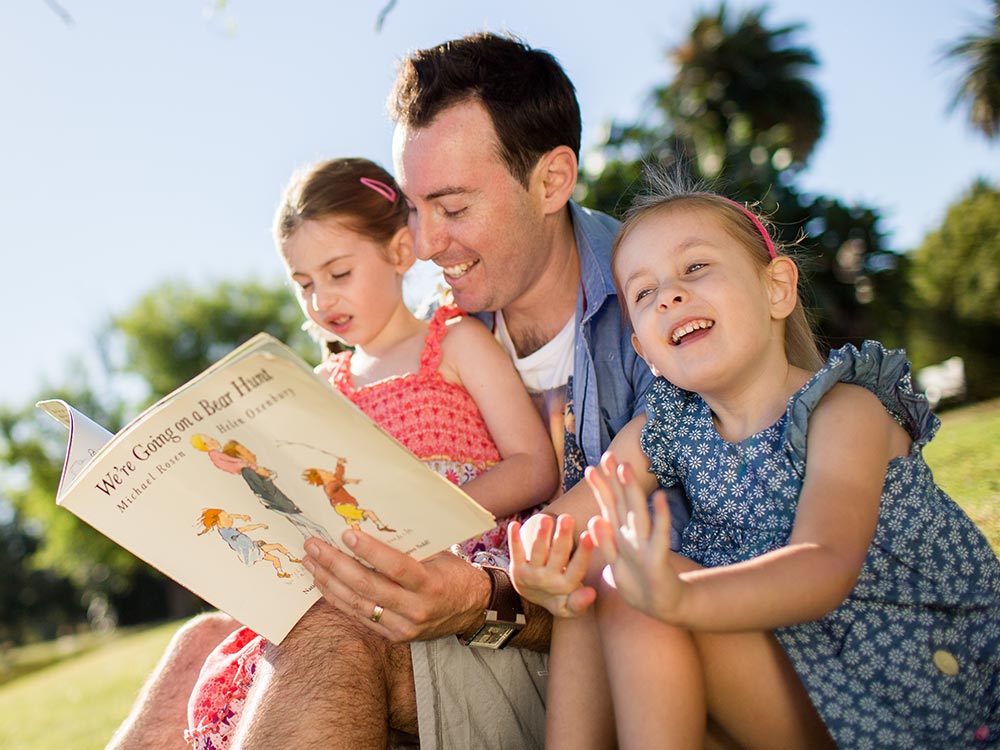



Reading And Storytelling With Children Raising Children Network




Sesame Street S Make Believe With Math Online Professional Development Course Sam Thanasangsuth




The Case For Make Believe Saving Play In A Commercialized World Linn Susan Amazon Com Books




Best Cover Letter Examples For Graphic Designers Vectornator Blog




Recreative Activities For Children In Emergencies Child Protection Hub For South East Europe
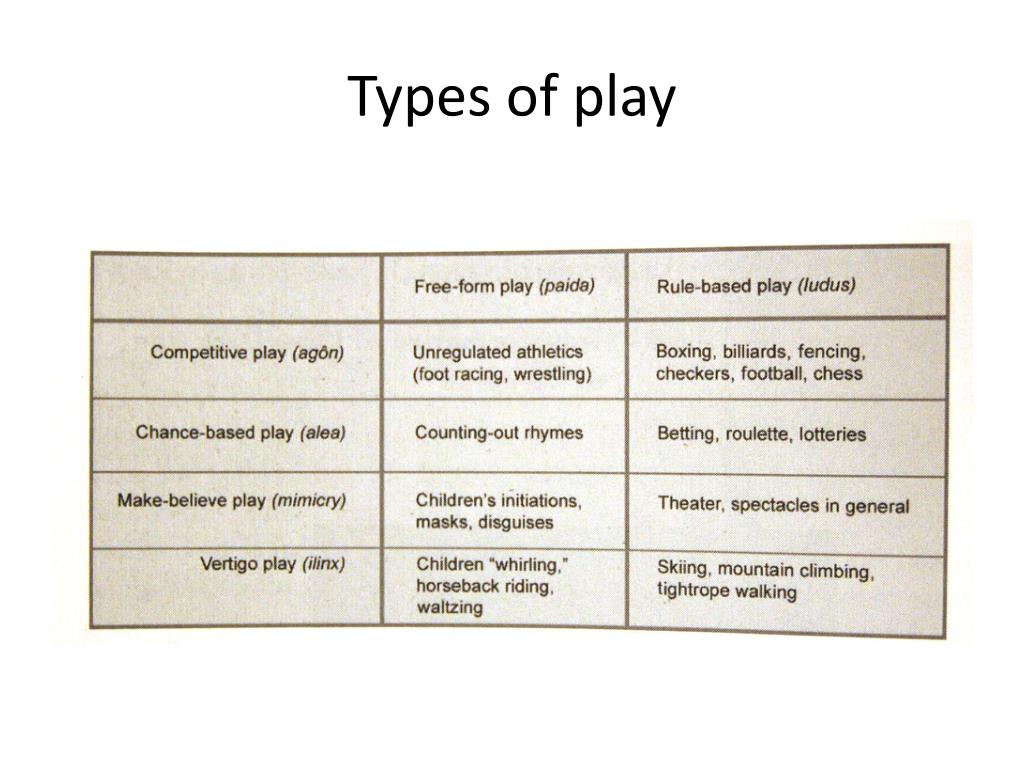



Ppt Play Powerpoint Presentation Free Download Id
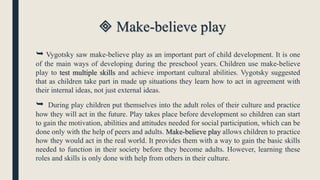



Sociocultural Theory Zahra Farajnezhad




The Puzzle Of Play
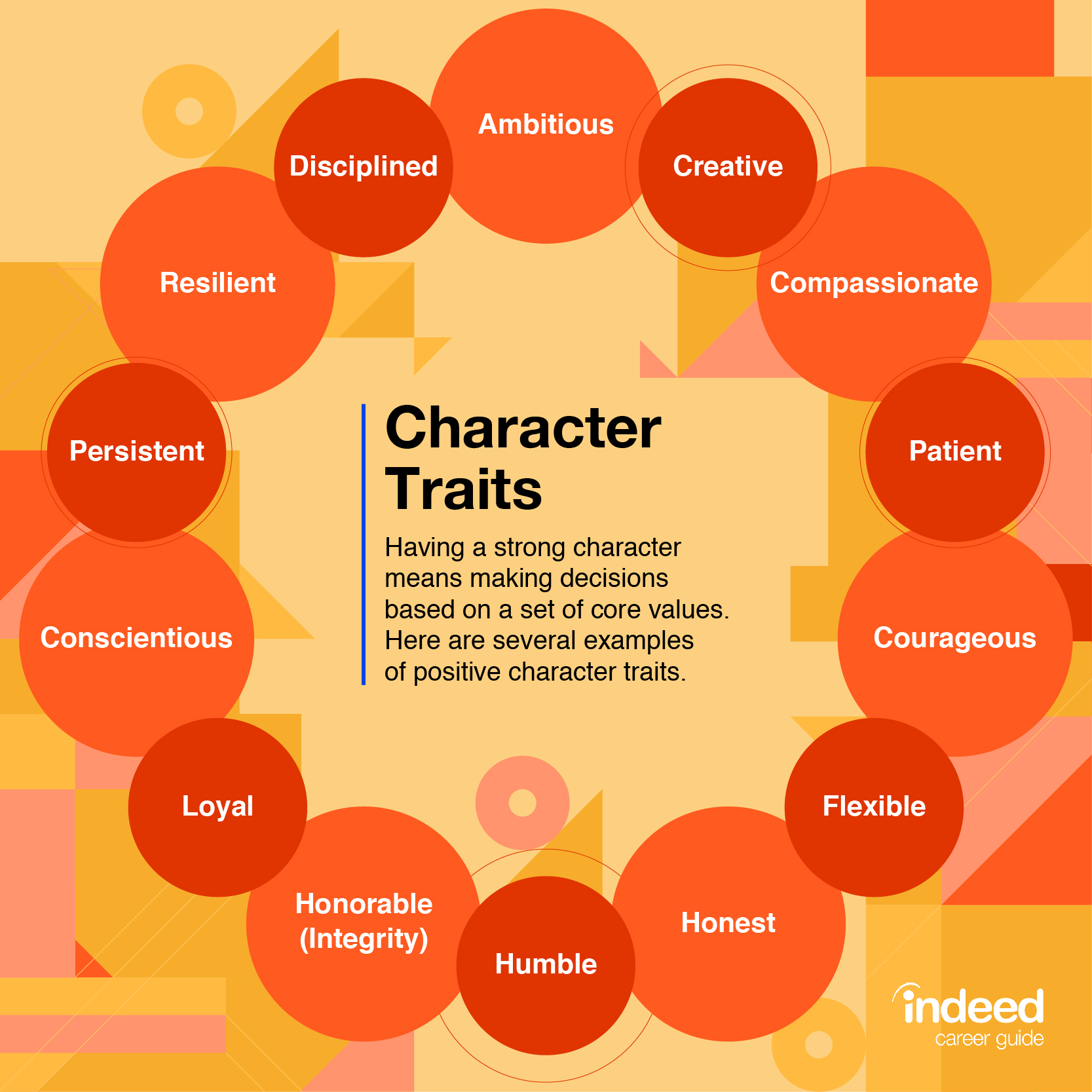



Character Trait Examples Best Traits For Work And Resume Indeed Com
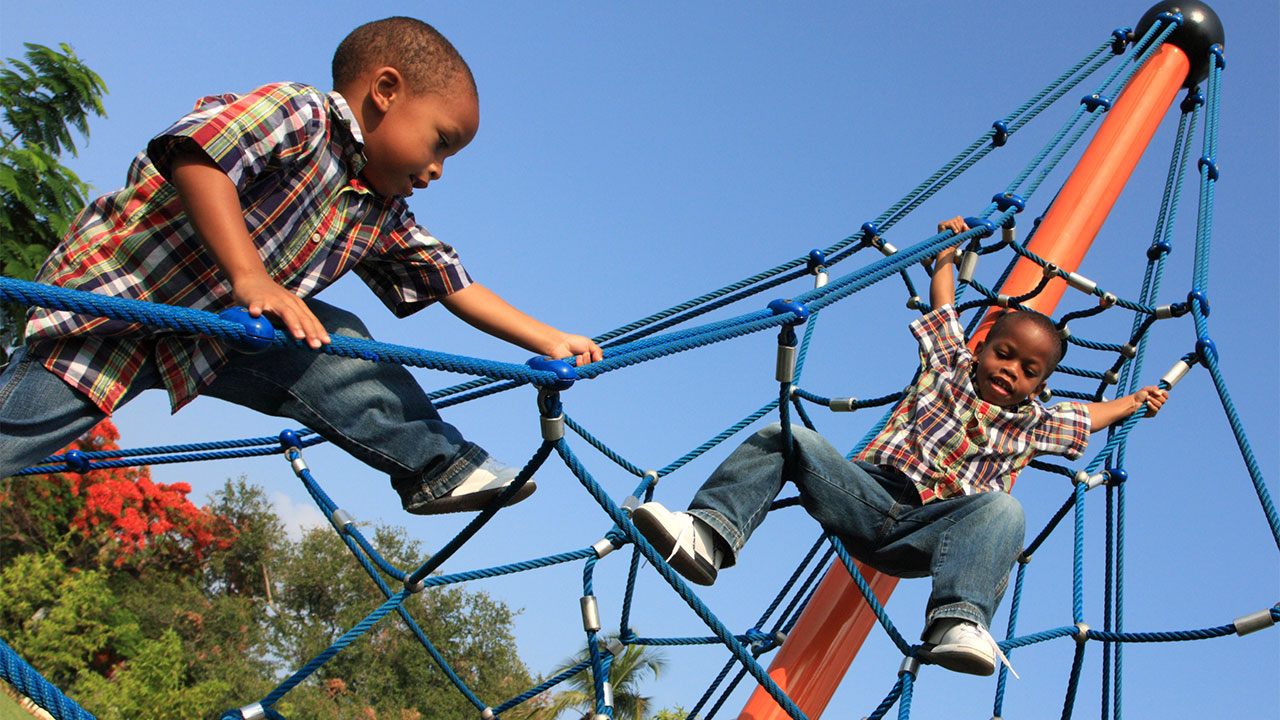



Child Development At 4 5 Years Raising Children Network



2




Elliott Kratochwill Littlefield Cook And Travers Educational Psychology Effective Teaching Effective Learning Third Edition Copyright C 00 The Ppt Download



2



ltodoc lto Fi
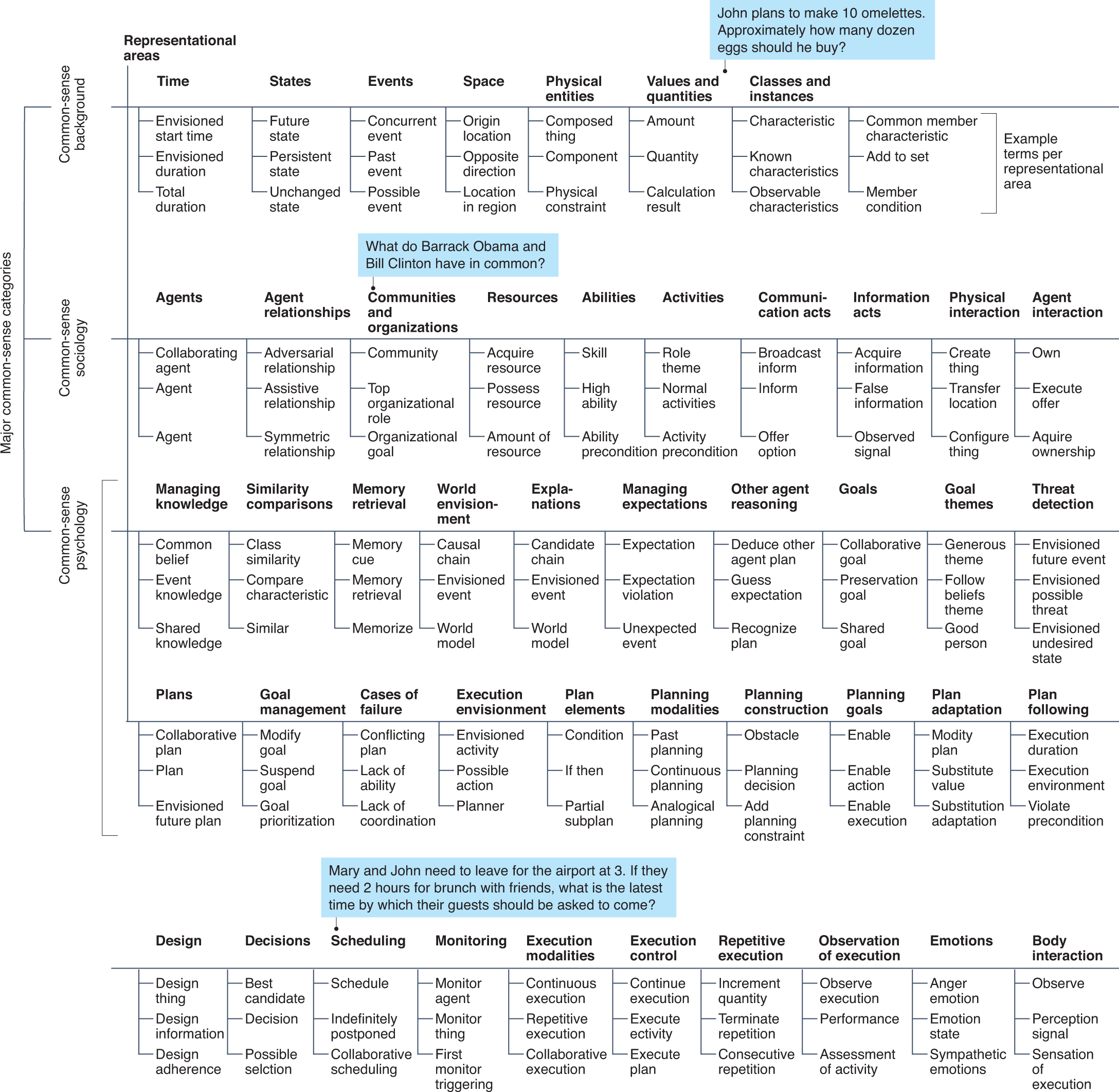



Edoquwbnw7drm



The House Of Make Believe




Examples Of Child Initiated Play In A Garden Setting 1 2 Download Scientific Diagram
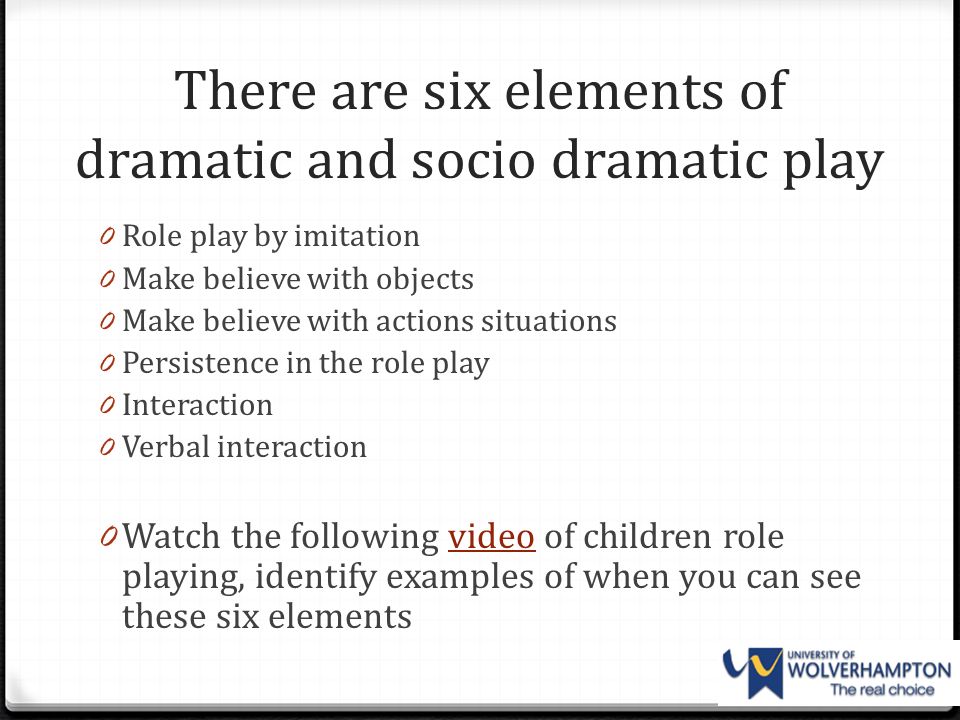



Types Of Play Play Choices Ppt Video Online Download




Examples Of Life Stage Related Respect For Human Dignity Capability Download Scientific Diagram



3
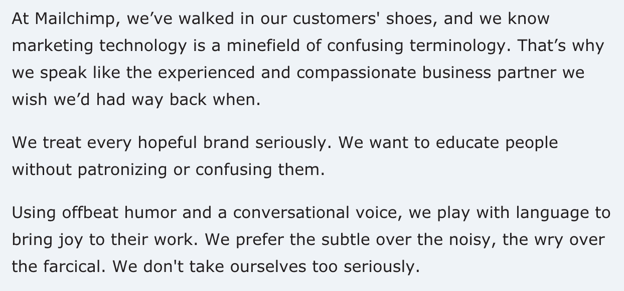



What Brand Voice Is And How To Create One Examples




Imagination Real Or Make Believe Lesson Plan Education Com




Sabr 2 2 Short Form Video About Sabr




Spring Summer Newsletter 19 The Valley Nursery And Kids Club



Ati Online Com




What Do Children Learn From Loose Parts Play




Pdf Nursing Care Of Children And Young People With Chronic Illness Semantic Scholar



Angels In Training Day Care Our Curriculum Letter Of The Week
/2795740-article-erik-eriksons-stages-of-psychosocial-development-5ac3df9e875db90037ffa803.png)



Erik Erikson S Stages Of Psychosocial Development




Make Believe Projects For Prek Volume 1 Twin Sisters
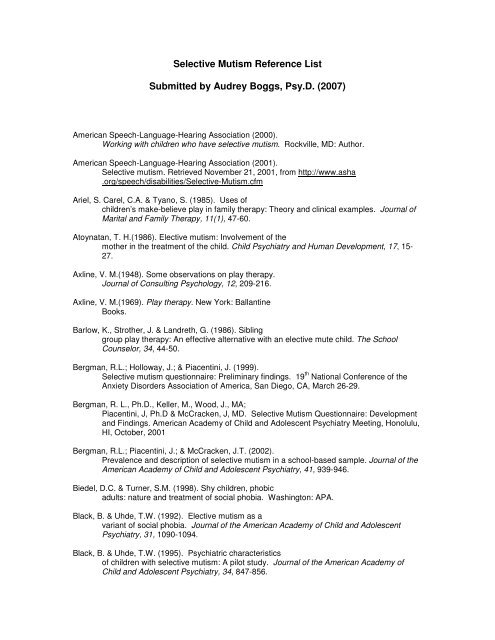



Selective Mutism Reference List Submitted By Audrey Boggs Psy D 07




Transfer Student Resume At Resume Examples




Music Play In The Guided Music Setting Semantic Scholar




Developmental Stages With Activities Hmns Cc162 Therapeutic Studocu
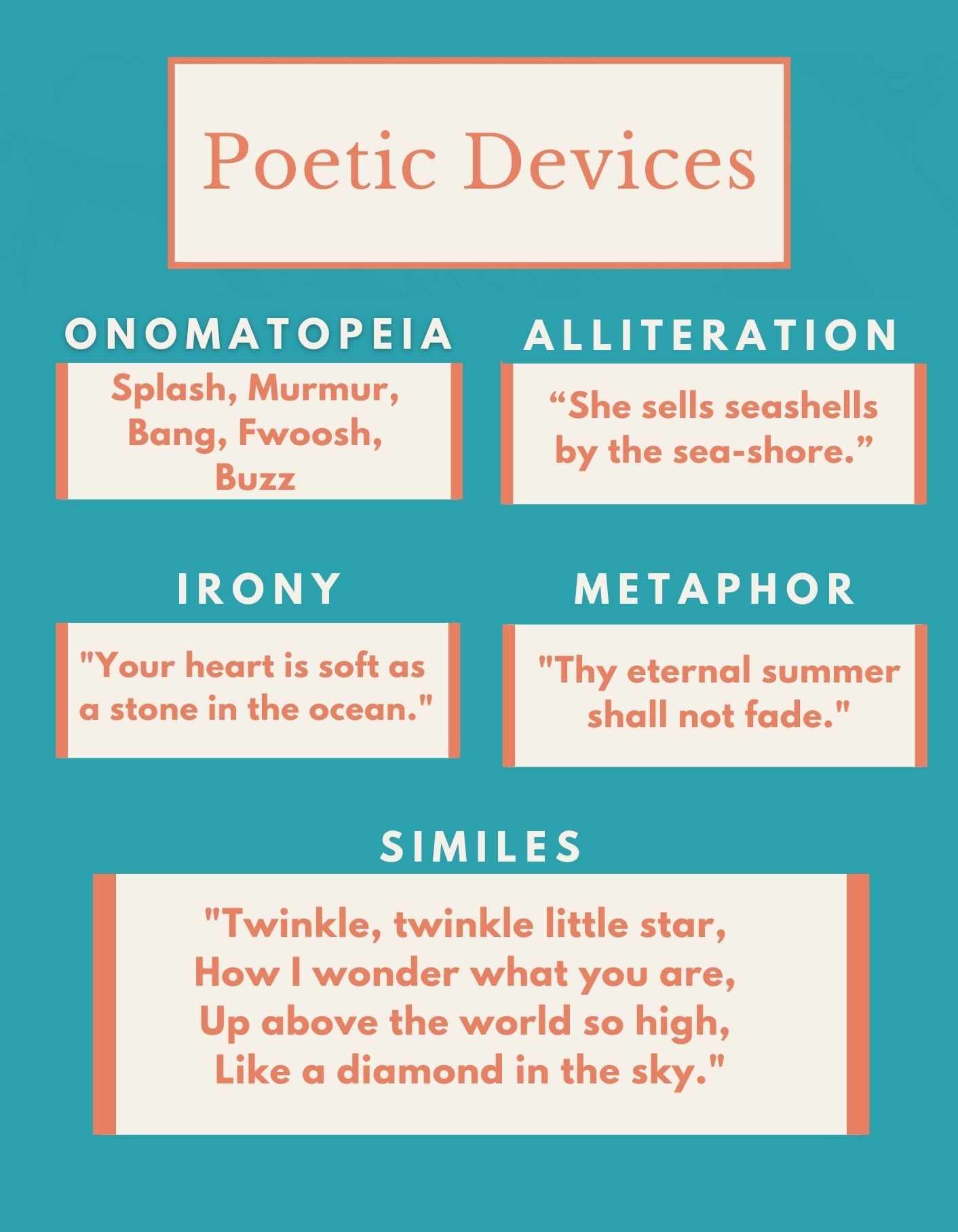



50 Poetic Devices With Examples Rhyme Alliteration Leverage Edu




Using Examples Of Childrens Everyday Experiences Consider The Role Of Social Influences In The Different Forms Of Childrens Learning That Psychological Research Has Identified University Biological Sciences Marked By Teachers Com




Study With Anj Albesa Photos Facebook




0911 Summary Of The Course For Final Exam 18 0911 Enterprise Innovation And Markets Wsu Thinkswap




Entertainer Cover Letter Examples Qwikresume




Make Believe Facts For Kids




Imagination Real Or Make Believe Lesson Plan Education Com




Research Paper Essay Samples Get Free Research Paper Essays Relevant Research Paper Type Examples And Best Topics Here



2




Examples Of Preoperational Stage Activities Factory Sale Up To 67 Off Www Apmusicales Com




16 The Importance Of Play Ideas Learning Through Play Play Based Learning Childhood Education




S E Childhood Peers And Play Flashcards Quizlet



The Importance Of Pretend Play Scholastic Parents




Browse Preschool Lesson Plans Education Com
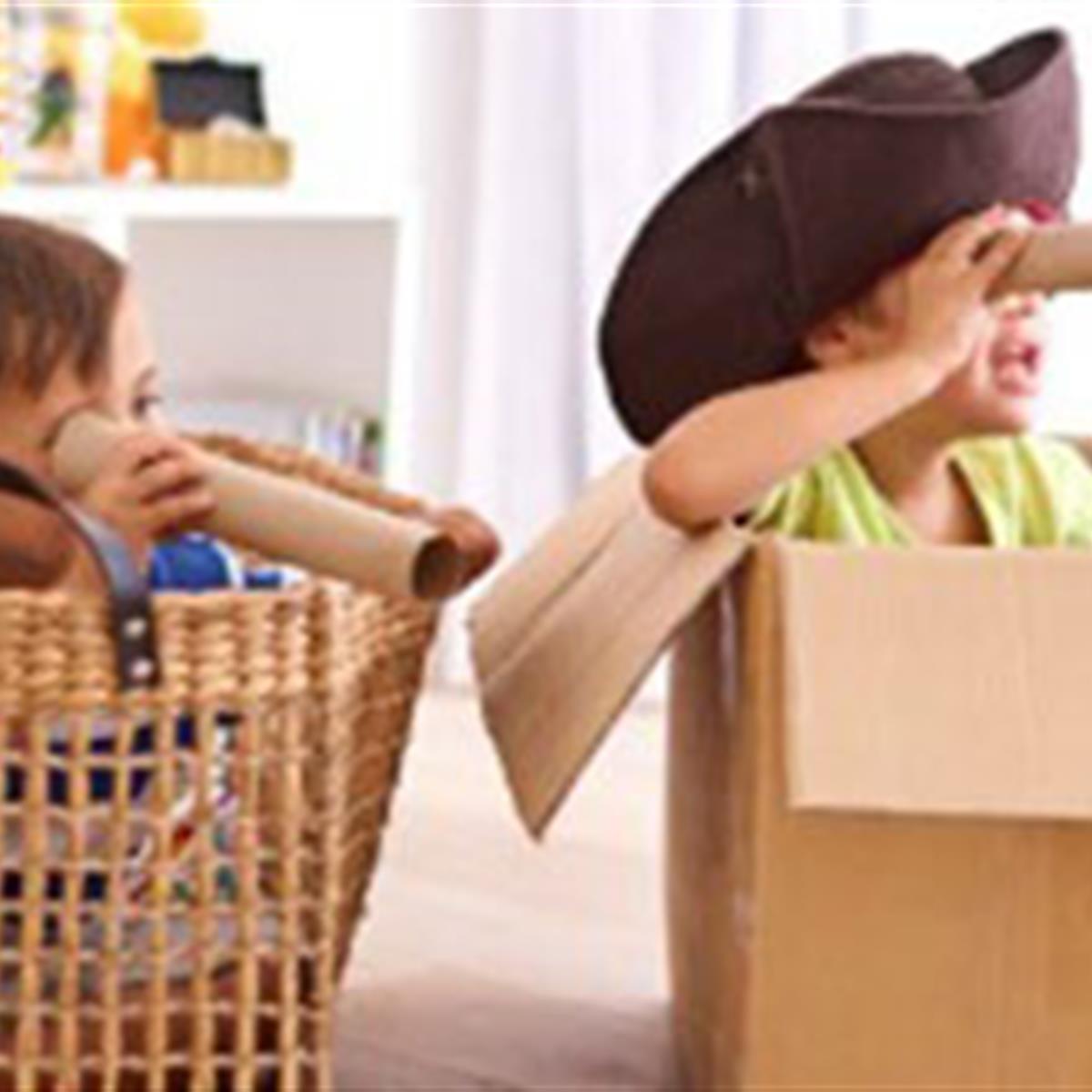



The Power Of Play How Fun And Games Help Children Thrive Healthychildren Org
/is-it-okay-to-lie-to-your-kids-5189826-1500x1000-v1-0069676185d54b2ea6e9dfa962abc2d3.jpg)



Is It Okay To Lie To Your Kids




Lifespan Social And Emotional Childhood Development Full Lecture Notes Studocu



The Land Of Make Believe




Vygotsky Make Believe Play Outlet Store Up To 62 Off Www Apmusicales Com
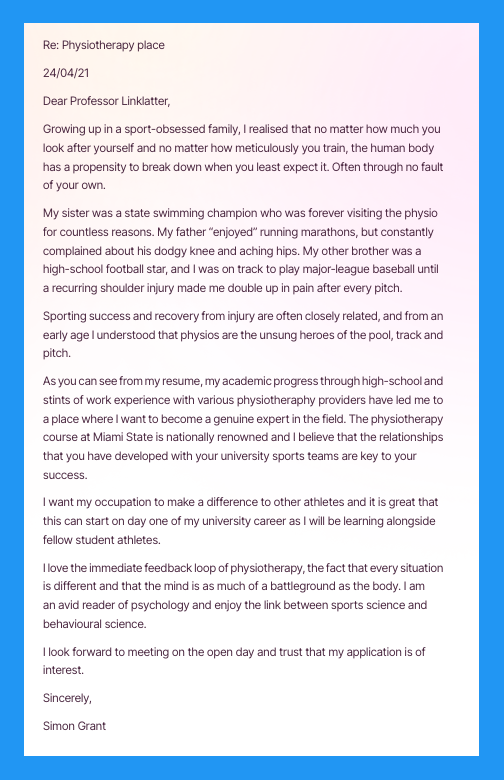



How To Write A Motivation Letter 22 3 Examples Resume Io
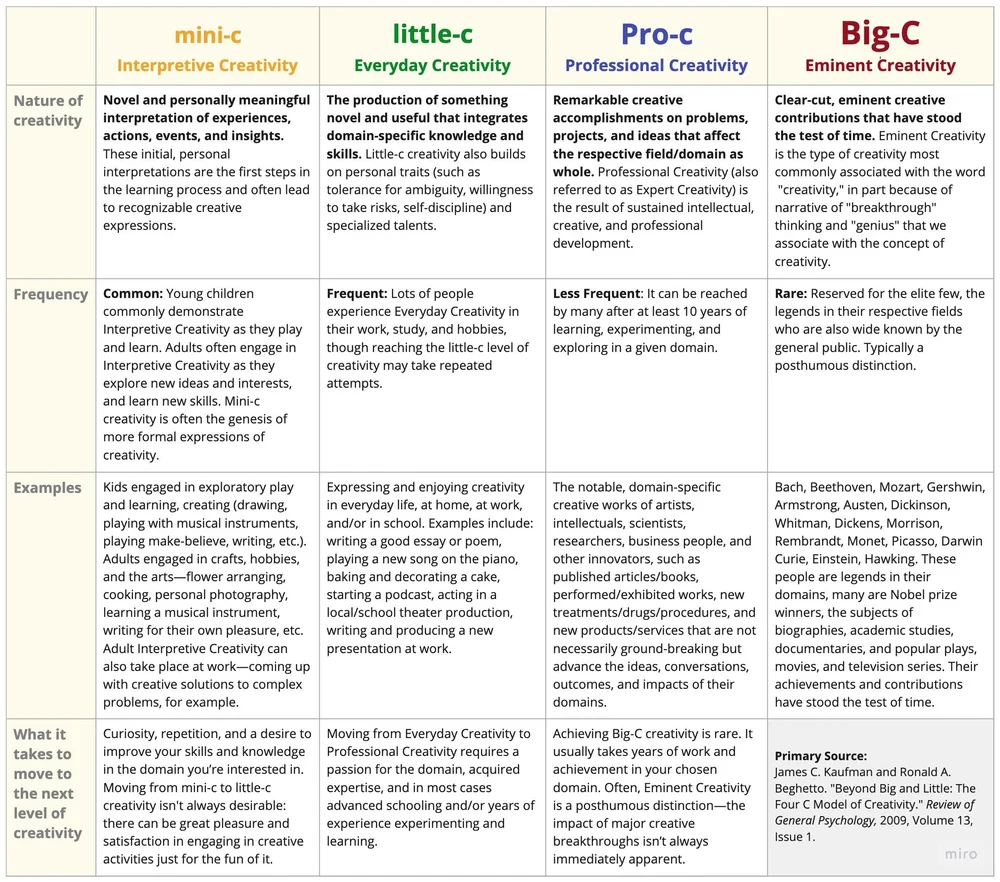



The Elusive Definition Of Creativity Cliff Guren




Example Of The Method Of Analysis For The Sub Theme Communication With Download Table



2
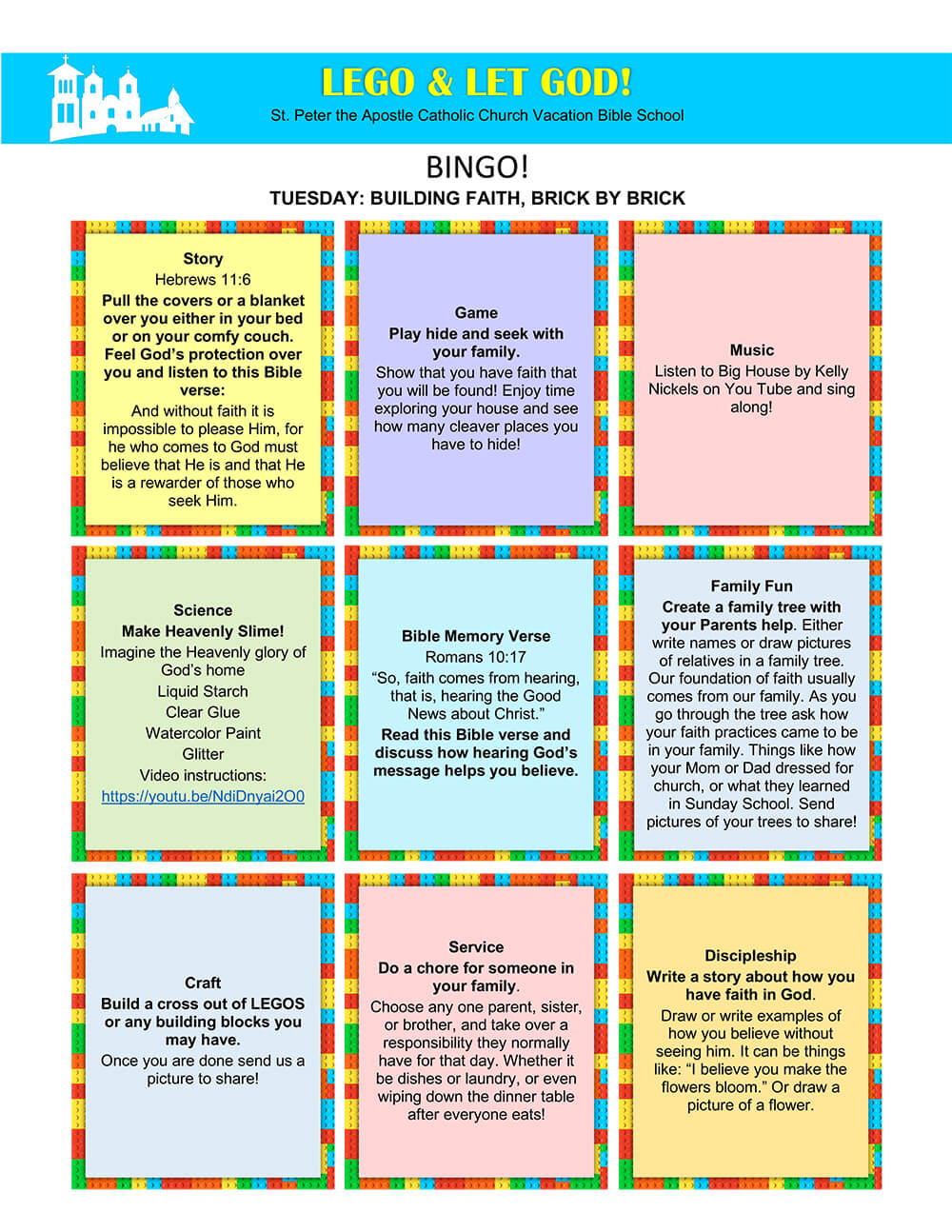



Vacation Bible School St John Lutheran Church Boerne Tx



Kiddieacademy Com




First Thoughts On Teaching And Learning Group515




Play Http Www Youtube Comwatch Vh j U



Make Believe




The Effects Of Tools Of The Mind On Math And Reading Scores In Kindergarten Semantic Scholar




Let S Play Make Believe Poster Make Believe Lets Play Let It Be
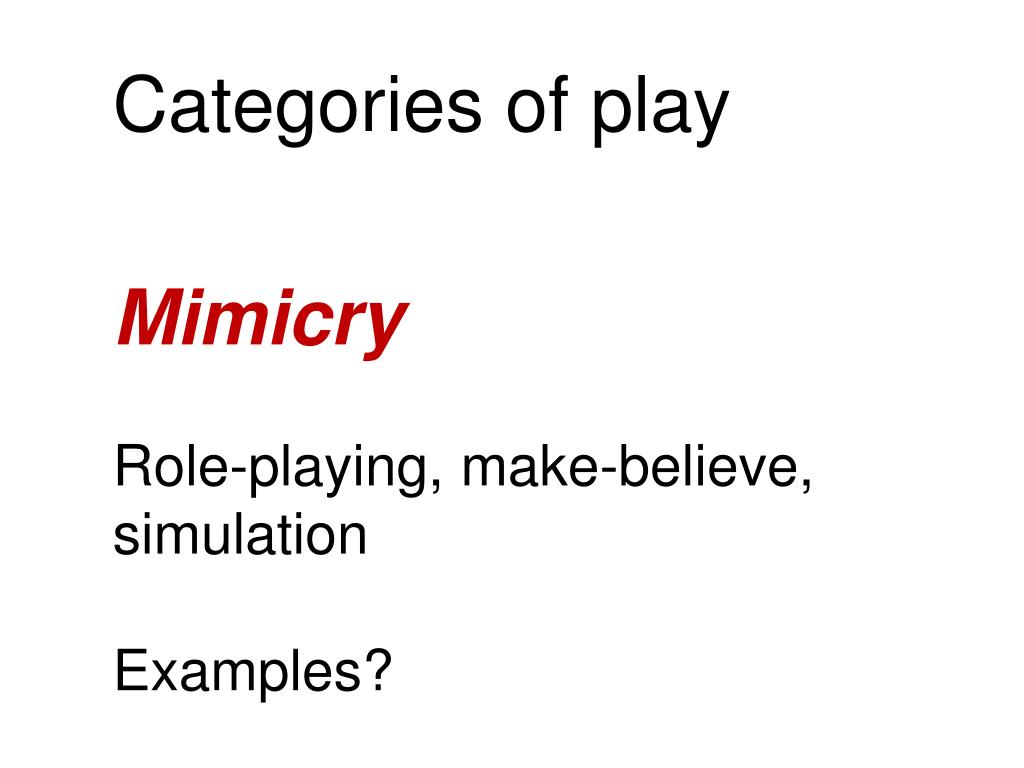



Ppt Imgd 2900 Digital Game Design I Powerpoint Presentation Free Download Id




Evie Lupine I Actually Went Through All My Content Last Month And Age Restricted And Or Deleted Several Videos That I Was Not Comfortable Being Widely Accessible I Want




Make Believe Wikipedia




Pdf The Impact Of Autism Spectrum Disorder On Event Memory And Accuracy




Westlock Child Care Society Photos Facebook



Newsletter



2




Ppt Learning Through Play Powerpoint Presentation Free Download Id
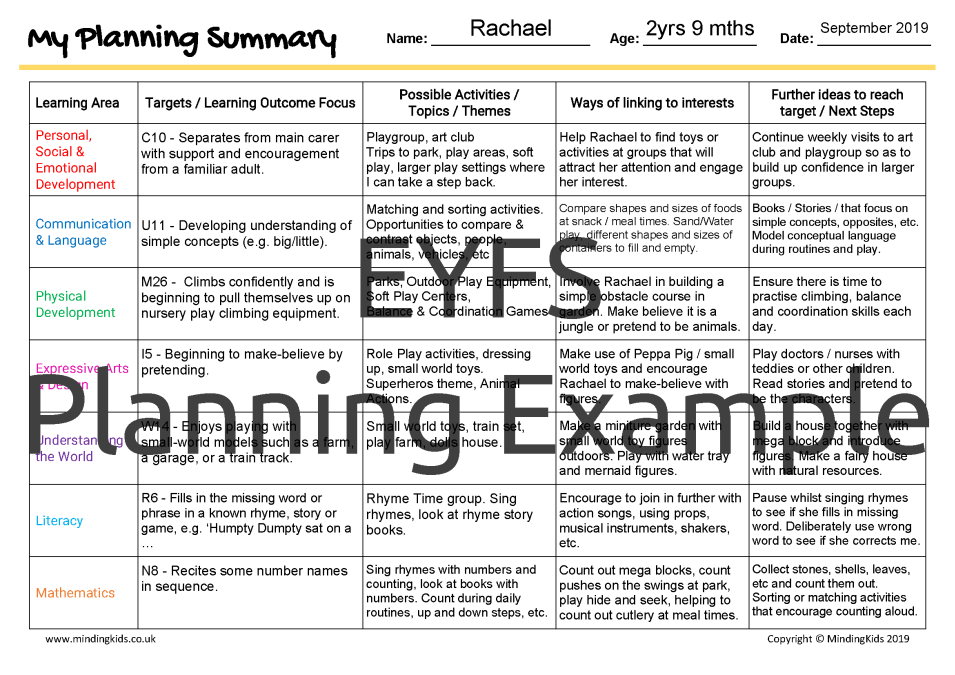



Planning Summary Eyfs Example Mindingkids




Mrs Speechie P Kids Learn So Much Through Play But Did You Know There S Many Different Types Of Play All Of Which Are Super Important To Language And Development Find Out




Http Deta Qld Gov Au Earlychildhood Pdfs Tip Sheets Different Types Play Pdf Learning Stories Examples Early Years Teaching Early Childhood Quotes


